Swedish ceramic artist and designer, Wilhelm Kåge (1889-1960) was primarily active in the late-1920s through the 1950s and is best known for his contribution to functionalist style, as well his work as the artistic leader of the Gustavsberg porcelain factory.
Algot Wilhelm Kåge (originally Nilsson) was born in 1889 in Stockholm. Kåge studied decorative painting at the Technical School, later known as the School of Art Konstfack, in Stockholm (never graduating), and subsequently at the Valand Academy in Gothenburg, where he studied under Scandinavian painters Carl W. Wilhelmson and Johan Rodhe.
Between 1914 and 1917, he began designing colorful graphic posters for theaters and exhibitions, becoming one of the first Swedish designers to use posters as a medium for communication. In 1917, Kåge exhibited his posters and his Liljeblå tableware at the Hemutstallningen exhibition at Liljevalchs art gallery in Stockholm, organized by the Swedish Society, the national organisation charged with promoting Swedish design. His tableware
caught the eye of Gustavsberg—a well-known porcelain manufactory—and Kåge was offered the job of reinventing their dinnerware service. He was soon appointed artistic director, a position he maintained until 1949, when he was succeeded by Stig Lindberg (1916-1982). During his time at Gustavsberg, Kåge developed new glazes and designs for over thirty different tableware series.
In 1930, Kåge exhibited his Argenta Series at the Stockholm Exhibition. This was his first successful foray in ceramics. The series, which included everything from ashtrays to urns, was glazed in red, brown and blue; but it was the pieces finished in a green glaze with silver adornments that really caught people’s attention. The earliest productions were handpainted by Kåge himself, but demand soon dictated that Gustavsberg expand, and by the late 1930s over 30 people were dedicated solely to the painting of Argenta. The most successful of all Kåge’s works, the series epitomizes the style that became known as Swedish Grace.
A forerunner of democratic design, Kåge used his designs to express his dissatisfaction with certain aspects of Swedish society. His Praktika tableware (1933) was his attempt to alleviate social injustice, by creating functionalist tableware with working-class families in mind. The tableware was, above all practical. It was easy to clean, made for compact storage, and perfect for everyday use. Unfortunately, Praktika wasn’t as popular among his target market as hoped, as many families preferred more conservative, traditional designs. More successful designs include, Pyro (1929), an oven-safe porcelain, and Farsta stoneware (1930), which is considered his best work. The clay for this collection originated from the Farsta Bay, from which the stoneware takes its name, close to the Gustavsberg factory. The pieces from the Farsta collection are regarded today as some of the most influential ceramics to have been produced in Sweden during the 20th century.
Sometime in the 1940s, together with Stig Lindberg and Berndt Friberg, Kåge founded Gustavsberg Studio, where he continued to design until his death in 1960. Kåge passed away at the age of 71 in Stockholm.
Kåge’s work can be found in the National Museum and the Royal Library in Stockholm, the Industrial Art museums in Oslo, Copenhagen, Vienna, Budapest and Prague, and at the Metropolitan Museum in New York . Notably, he was awarded the Prince Eugen Medal in 1949.
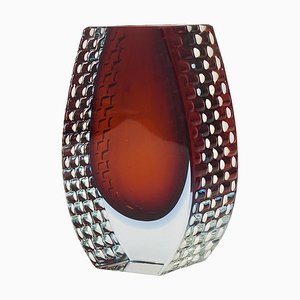
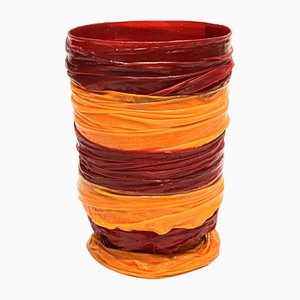
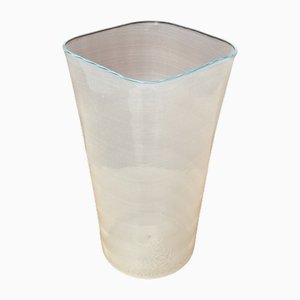
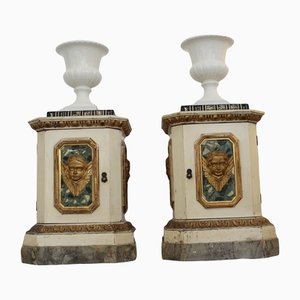
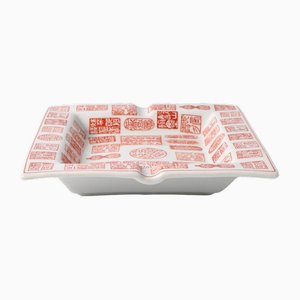

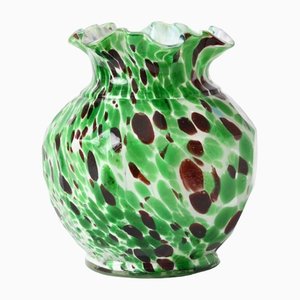
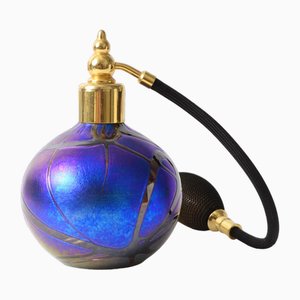
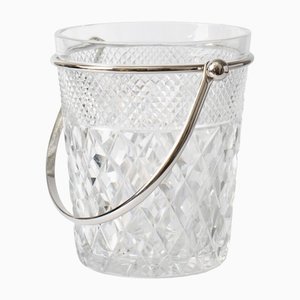
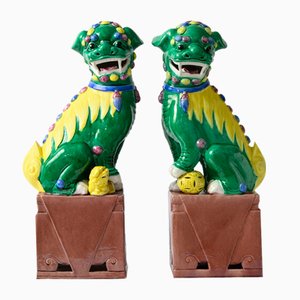
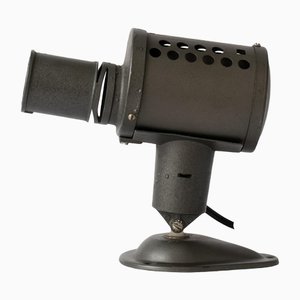
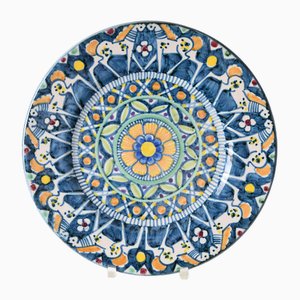
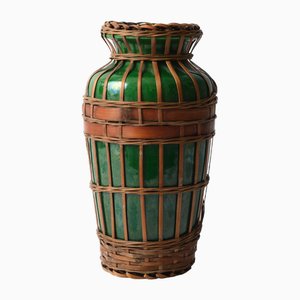

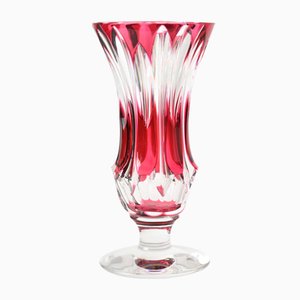
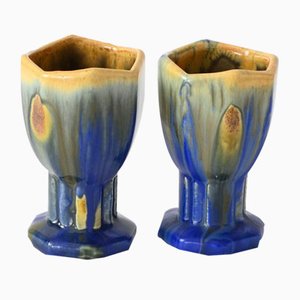
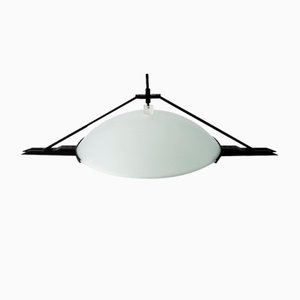

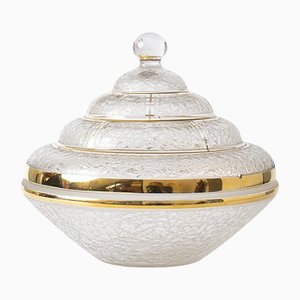
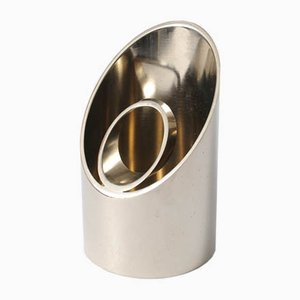
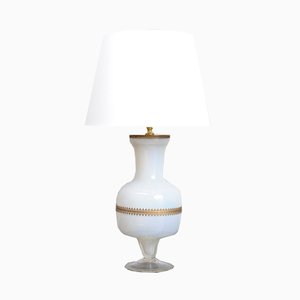
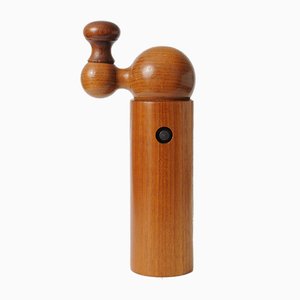
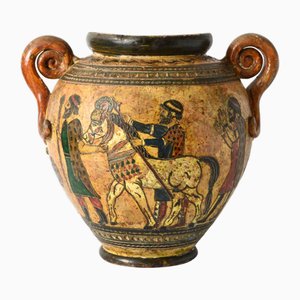
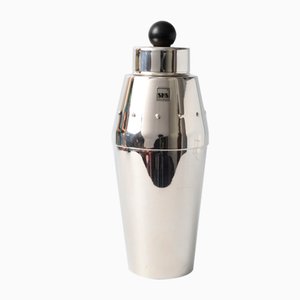
Get in Touch
Make An Offer
We noticed you are new to Pamono!
Please accept the Terms & Conditions and Privacy Policy
Get in Touch
Make An Offer
Almost There!
To follow your conversation on the platform, please complete the registration. To proceed with your offer on the platform, please complete the registration.Successful
Thanks for your inquiry, someone from our team will be in touch shortly
If you are a Design Professional, please apply here to get the benefits of the Pamono Trade Program